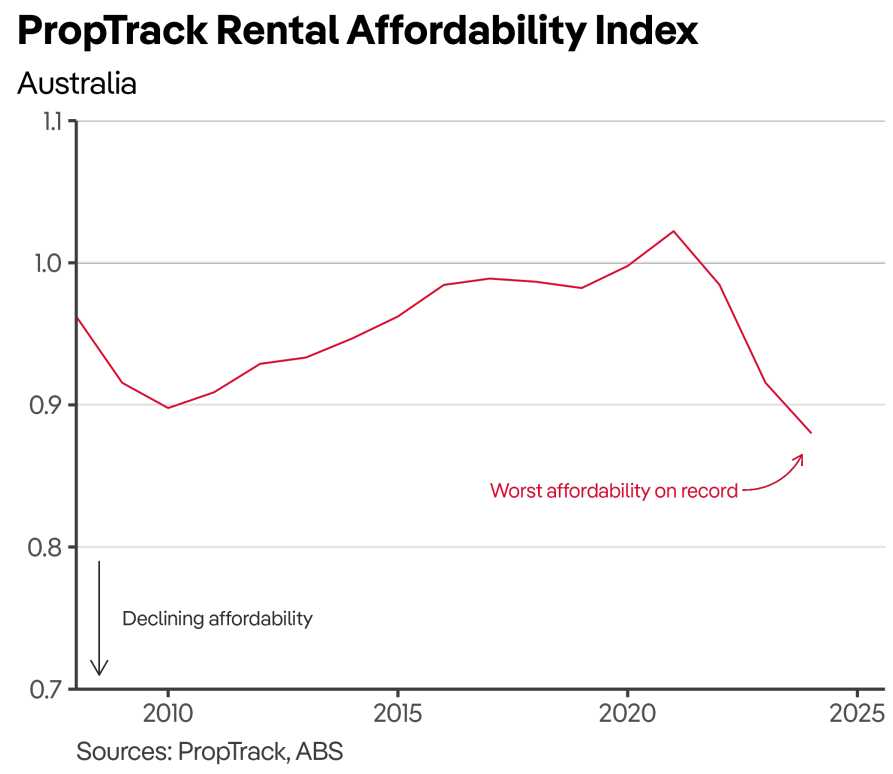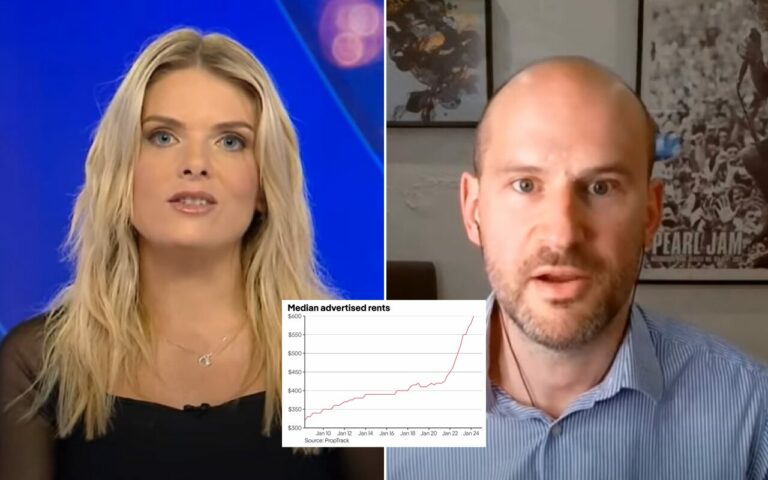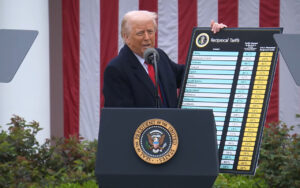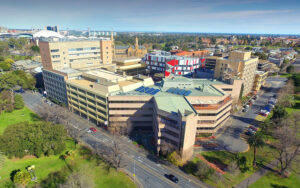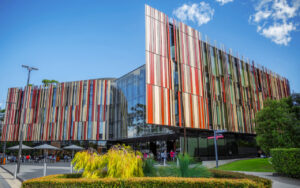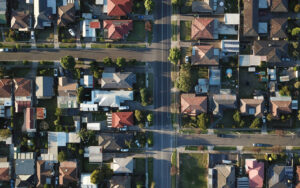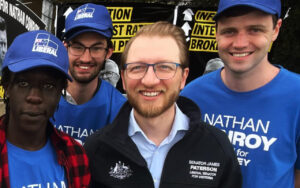A leading economist has explained how Australia’s per capita recession is due to mass immigration, which has also turned the housing market into an “absolute disaster”.
Australia’s GDP per capita fell by 0.3% in the December quarter, and is now 1% lower year-on-year, the Australian Bureau of Statistics said this week. GDP per hour worked was also down 0.4%.
Macrobusiness Chief Economist Leith van Onselen told Sky News that while the economy grew by a worse-than-expected 0.2%, a massive immigration-driven population increase meant that everyone was getting a smaller slice of the pie.
“The economy isn’t growing as quickly as the population growth. The Albanese government is running a huge immigration program, and according to the national accounts Australia’s population grew by 680,000 last calendar year,” he said.
“So we all went backwards. To make matters worse, Australian household consumption actually fell by 2.5% once you adjust for population growth last year, so households are absolutely copping it in the neck here. Our living standards are going backwards.”
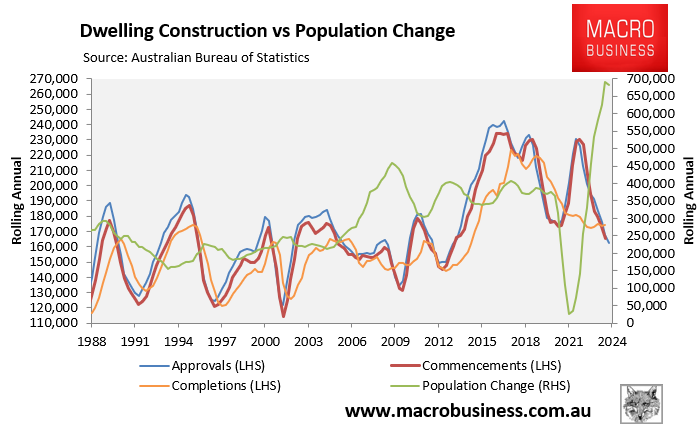 Mr van Onselen went on to say that the housing market was a “disaster”, pointing to new data from Domain showing that the national vacancy rate fell to a record low of 0.7% in February, driven by immigration.
Mr van Onselen went on to say that the housing market was a “disaster”, pointing to new data from Domain showing that the national vacancy rate fell to a record low of 0.7% in February, driven by immigration.
“To make matters worse, our housing construction is collapsing. We only built about 170,000 homes last year and the latest dwelling approvals data from the ABS says we’re only going to build 163,000,” he said.
When asked by Sky News host Erin Molan why the government brought in so many people they knew they could not house, Mr van Onselen said: “It was absolutely deliberate.
“They ran the Jobs and Skills Summit in 2022 with the express purpose of ramping-up immigration. And obviously, they did it in a supply-constrained economy.”
He explained that because of high interest rates, building costs have increased, while at the same time state government infrastructure projects have starved the housing construction industry of workers, causing labour shortages.
“As a result, we can’t build enough homes for this record volume of people, which means that we’ve got a rental crisis,” he said.
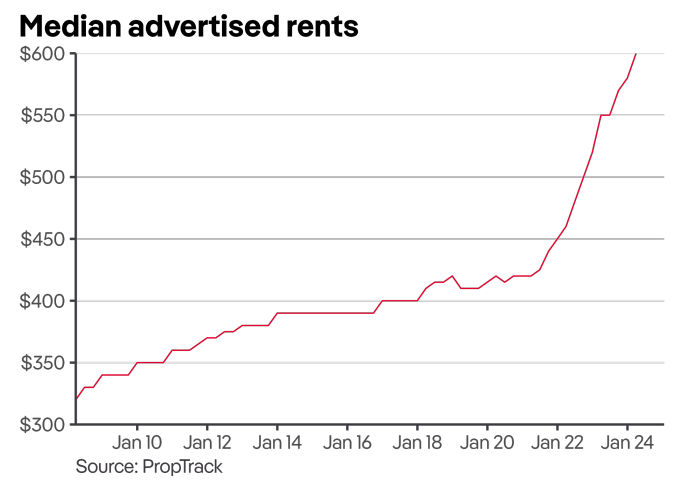
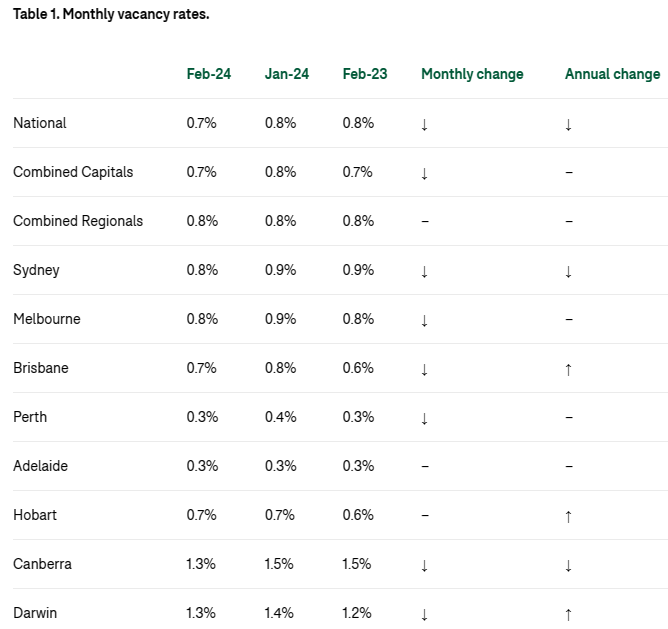
According to a new PropTrack report, Australia’s rental affordability is the lowest on record.
“From financial year 2018-19 to today, national median household income has increased 19%. Since the pandemic, median rental prices grew 38% across the country,” the report stated.’
“Affordability reached a high point nationally in 2020-21. This followed the initial stages of the pandemic which slowed average rent growth further, and in many parts of the country, such as inner Sydney and Melbourne, rents decreased significantly.
“Surging rents over the past few years mean renters across Australia are now facing the worst level of rental affordability in at least 17 years.”
